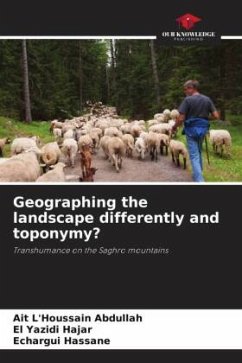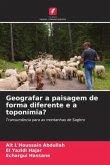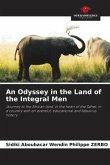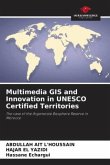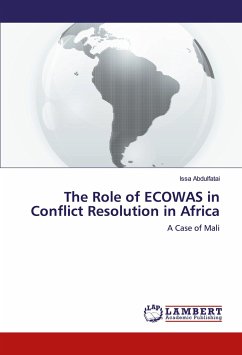If a toponym is to identify a very specific geographical feature, it has not been assigned by man in an arbitrary manner, but rather to describe the landscape and evoke the activities carried out there by the inhabitants. Knowledge of regional languages is the key to understanding toponyms, whether in the form of a single term, such as Sahuc (elderberry, Gascony), le Cayre (rock, Provenance), or composed of several words, such as Cap du Bosc (end of the wood, Gascony), Riou Bourdous (muddy stream, Provenance), Pra des Mians (adjoining meadow, Hautes-Alpes). The risk then arises of altering the toponym, deformed by erroneous transcription, phonetic adaptation or even abusive francization.
Bitte wählen Sie Ihr Anliegen aus.
Rechnungen
Retourenschein anfordern
Bestellstatus
Storno

